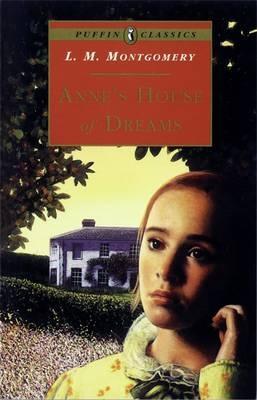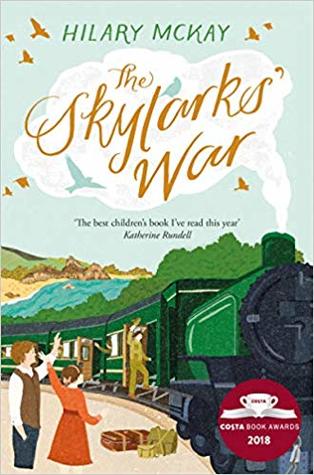‘The Hobbit’ – J. R. R. Tolkien


In a hole in the ground there lived a hobbit. Not a nasty, dirty, wet hole, filled with the ends of worms and an oozy smell, nor yet a dry, bare, sandy hole with nothing in it to sit down on or to eat: it was a hobbit-hole, and that means comfort.
Written for J.R.R. Tolkien’s own children, The Hobbit met with instant critical acclaim when it was first published in 1937. Now recognized as a timeless classic, this introduction to the hobbit Bilbo Baggins, the wizard Gandalf, Gollum, and the spectacular world of Middle-earth recounts of the adventures of a reluctant hero, a powerful and dangerous ring, and the cruel dragon Smaug the Magnificent.
A re-read for me, I think I enjoyed this book more for the nostalgia it provoked, reminding me of my childhood. I don’t tend to read Fantasy books very often and whilst I did enjoy aspects of this story, I found it difficult to concentrate on it and feel that I liked reminiscing about when I read this novel for the first time, many moons ago.
This is a children’s classic and it is very well written. Tolkien has created a fantastical world with a very likeable hero in the form of Bilbo Baggins. Throughout, I kept remembering scenes from the trilogy of the films and I think that if you haven’t read this book first, the film is a good place to start. Bilbo is such a warming character to follow and I liked how he was able to win respect from the dwarves and outwit many who just considered him a vertically-challenged pest.
There were many favourite scenes in this book, such as the trolls, meeting Gollum and the dark, dark woods. However, there were also parts that I found less interesting and I don’t think this was helped by the lengthy chapters. Complete attention is needed and I think this is what makes this a book aimed at older children; not because the language is particularly challenging, but because the structure requires a lot of commitment. I also found that after Smaug’s death near the end, the narrative dragged on a bit. Like Bilbo, I was keen to see him return to the warmth and comfort of his hobbit hole.
This is a very vivid read of the classic fantasy genre, appealing to all ages. It is a timeless story and I think there is a bit of magic you can’t recreate if reading it for a second time. I was surprised by how much I remembered of the story from my first reading, showing just how imaginative and spell-binding this story is. However, there is a reason why I don’t read many Fantasy books and whilst my tastes have certainly changed over the years, this book will always hold a fond place in my heart.
Book Bingo 2024 category completed: A genre you hardly ever read.













